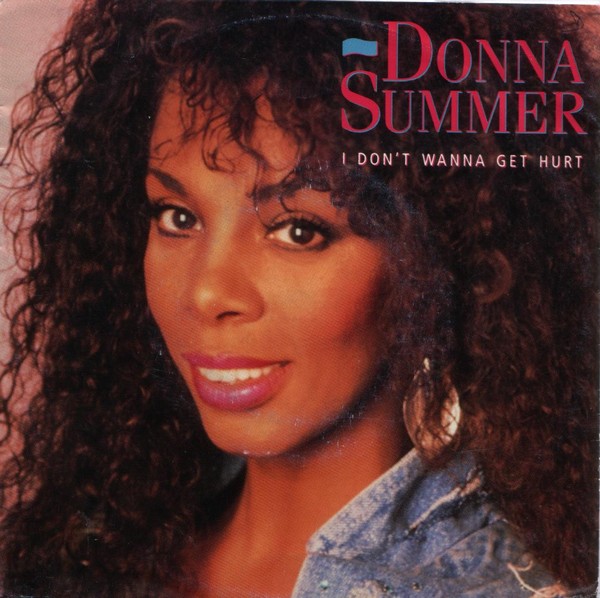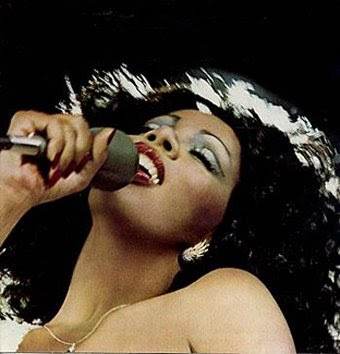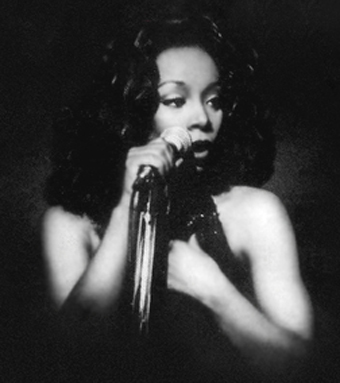skip to main |
skip to sidebar
Donna Summers Album Cover 03

Donna Summer Photos
There was room for everyone on the Upper West Side back then. It was an exciting, diverse place to live - part of a city with an edge.

Donna Summer Photos
It was a dangerous, decaying place. Like the rest of New York, the Upper West Side was in crisis.

Donna Summer Photos
So much has been written about New York as it was in the '70s that I'm beginning to question my own childhood memories of that time. Was it as pleasant and colorful as I remember or as miserable and dangerous as it has been portrayed in books and movies set during that notorious decade?

Donna Summer Photos
I'll describe the walk I took each day to school on the Upper West Side in the 70's and you be the judge.

Donna Summer Photos
When I was growing up in New York on the Upper West Side, danger was ever-present but it seemed more like background noise than the focus of our lives. Danger was something we lived with and worked around in order to continue doing what mattered. We were not at home cringing in fear. Well, not all of the time.

Donna Summer Photos
The pre-war building where we lived was filled with actors, musicians, ballet dancers, opera singers, playwrights, social workers, activists, teachers, professors, and more. Its hallways echoed at all hours with the sounds that escaped from apartments: singers vocalizing, composers at their pianos and actors running through their lines. There were 12 apartments on each floor with two located nearest to the stairs. Musicians always lived in those stairwell apartments, for the extra soundproofing I assume. Occasionally I would walk down ten flights of stairs just to enjoy listening to the way the music would change from floor to floor, from jazz to classical and back again.

Donna Summer Photos
My favorite neighbor was a German author and illustrator, Hilde Hoffman. She kept the door to her sunny apartment open in the afternoons so that her cats could go out to roam the halls and I could come in to watch her work. The occasional muggings and robberies in our building didn't prevent her from enjoying her open door at least a few hours each day. That ended when our doorman, a retired police officer who brought his family to every one of my birthday parties, was shot to death in our lobby during a robbery. After that she stopped keeping her door open and soon moved away. I remember a sense of sorrow marked by fear lasting a long time after the loss of those two friends.

Donna Summer Photos
My mom and I would leave our building, turn the corner and immediately be met by the sight of the transvestite prostitutes on the corner. Their comments about everyone who walked by them would often make us laugh. We would pass the Chinese laundry, (still there to this day) and I would breathe in the clean laundry scent until we reached the Greek diner, with its eggs and coffee aromas. When we passed the open door of the P&G Bar on the corner I would hold my breath against the smell of stale beer while I squinted into the dark to see who would want to sit in such a smelly place. (Apparently lots of people since P&G re-located only recently.)

Donna Summer Photos
After a stop at the donut shop on West 73rd Street across from "Needle Park," we would continue along Broadway, my mom's hand clutching mine a little harder each time we passed what were known back then as "bums" - drunks, drug addicts, weirdos. One of them scared me the most. He was an odd man who stood on Broadway for years playing a snare drum, his hair and eyebrows painted jet black and his face colored red with strange, oily makeup. Mostly, the people on the street were just ordinary.









